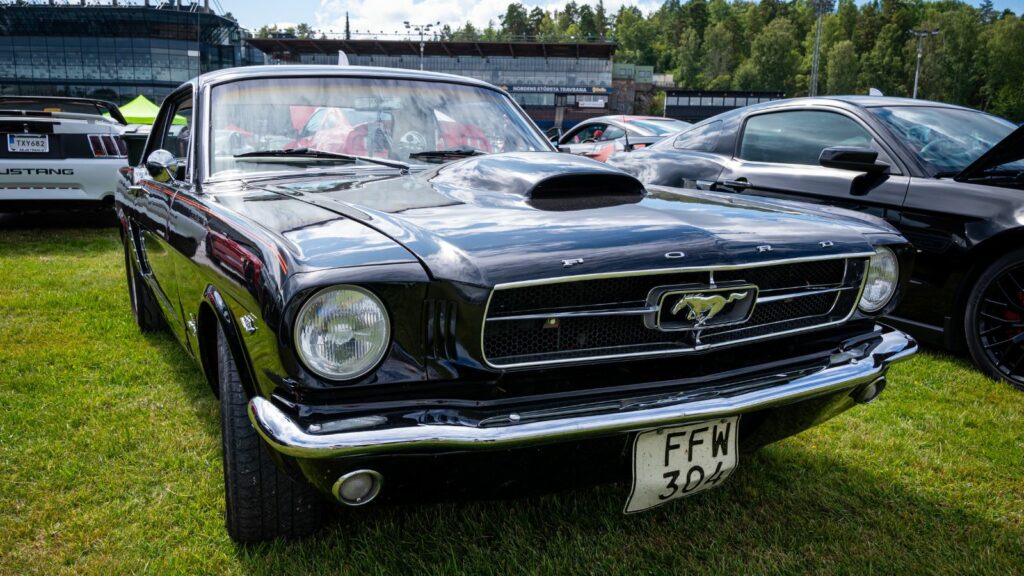Few cars stir up as much emotion as the Ford Mustang. Since its launch in 1964, it has been a symbol of American performance and style, capturing the imagination of enthusiasts worldwide. But Mustang ownership hasn’t always been smooth. Some model years have frustrated fans with weak engines, questionable styling, or nagging reliability issues. These are the Mustangs that tend to draw groans from owners and critics alike. Yet even in the most disliked years, there are those who argue the cars have redeeming qualities. Expanded here with more detail, let’s look at the Mustang years owners love to hate and why some say they’re not so bad after all.
1974 to 1978 Mustang II
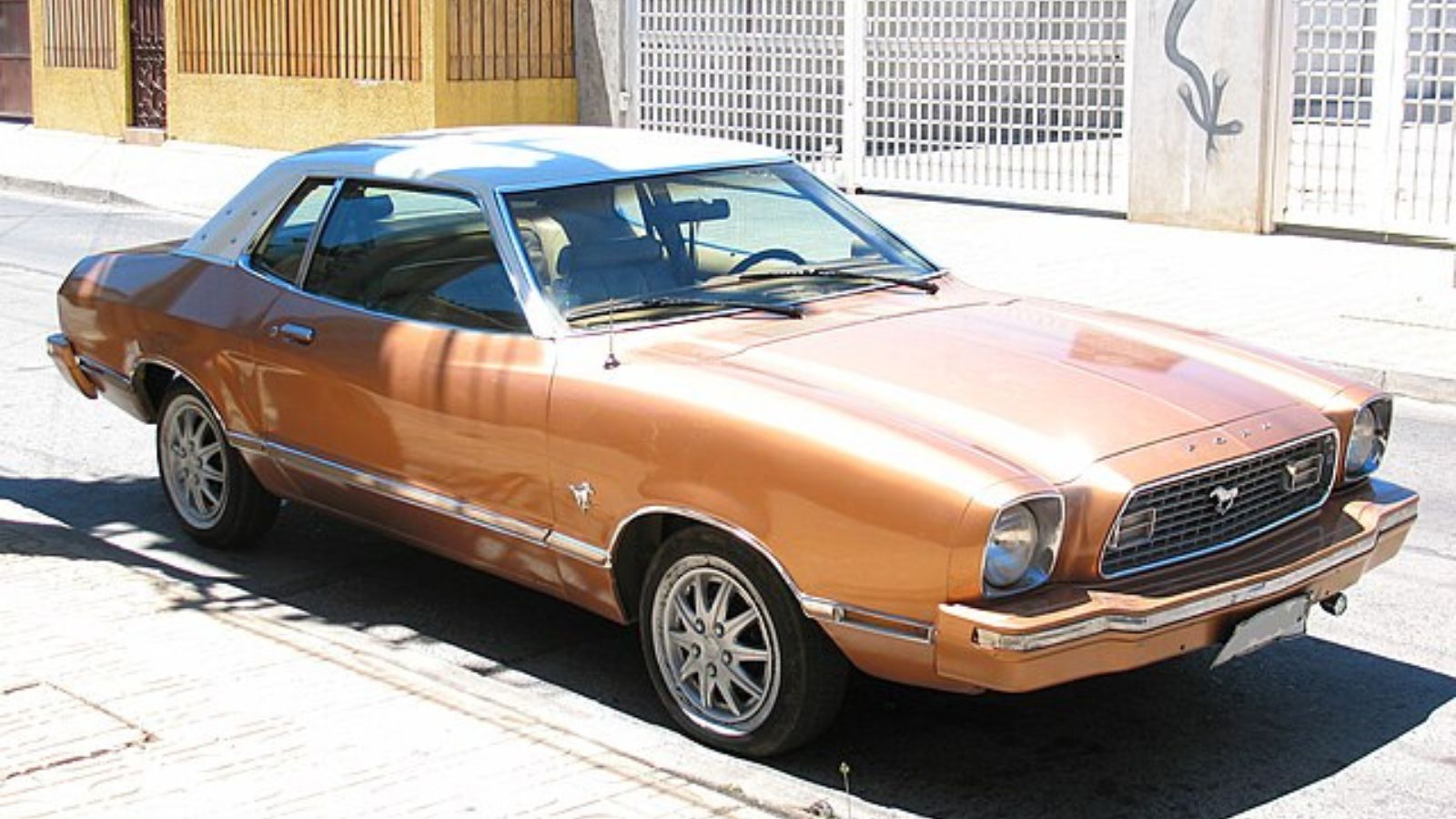
The Mustang II remains one of the most polarizing cars in the brand’s history. Arriving during the oil crisis, it was a drastic downsizing from the muscle car era. Out went big-block V8s, and in came four and six-cylinder options with uninspiring power. Owners often complained about the lack of performance, cheap materials, and severe rust problems that plagued the cars. Critics called it the car that nearly killed the Mustang name. Yet some defenders point out that the Mustang II sold well in its time, offered excellent fuel economy during the gas crunch, and was compact enough to appeal to urban drivers. Collectors today see them as quirky relics of the 70s, and some even appreciate their disco-era styling.
1980 to 1982 Mustang (Fox Body’s Rough Start)
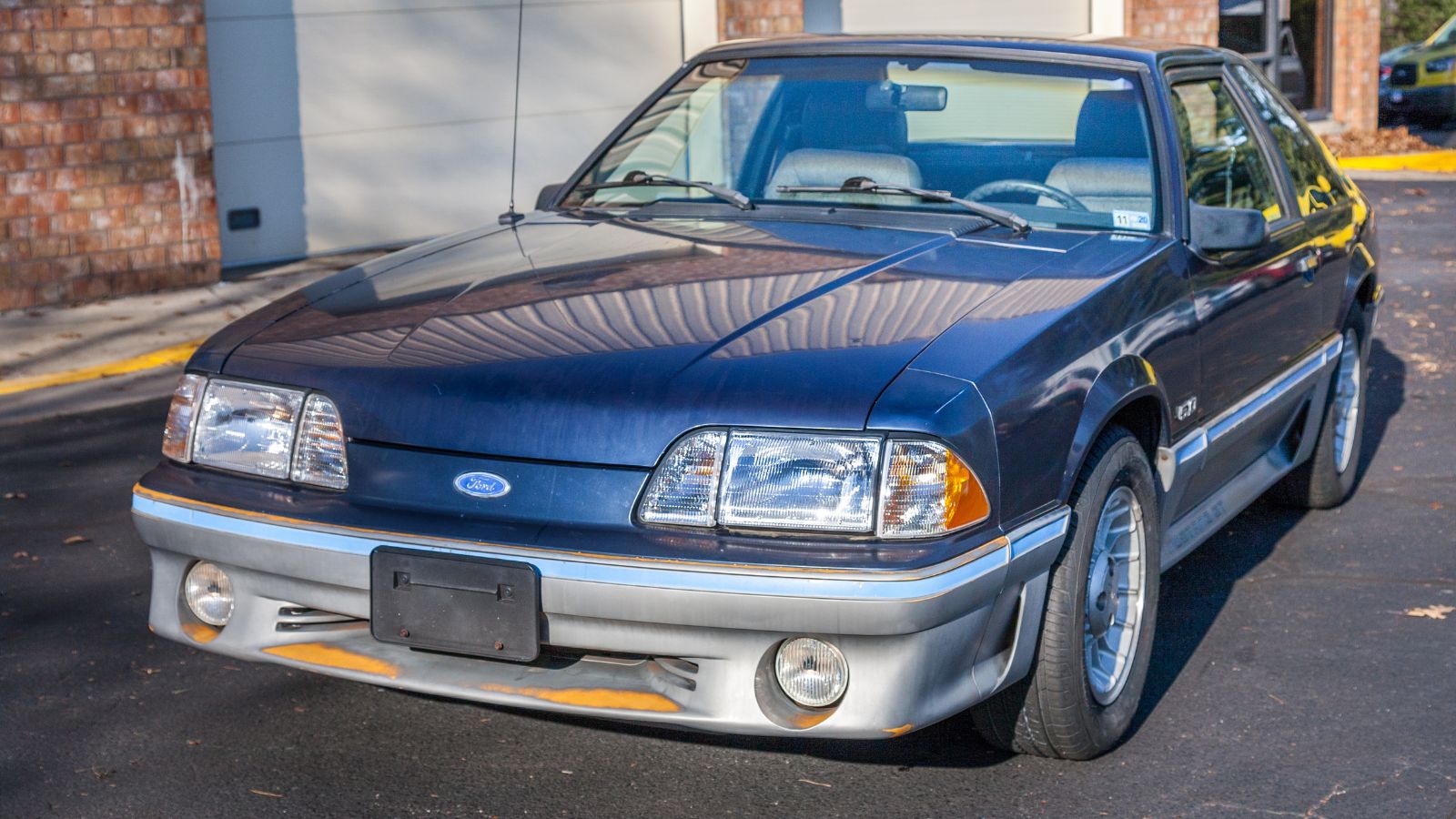
The Fox Body Mustang eventually became a legend, but its early years were rocky. The 1980 to 1982 models were victims of strict emissions regulations and a lack of engineering investment. Base models came with weak inline-fours or six-cylinder engines, and even the V8 topped out at barely 120 horsepower. Owners remember these cars as sluggish and uninspiring compared to their 60s and 70s predecessors. However, enthusiasts often note that the Fox Body platform itself was lightweight, easy to modify, and became a tuner favorite later in the decade. Today, these early Fox Mustangs are often sought out as cheap project cars that can be transformed with the right upgrades.
1994 to 1995 Mustang (First SN95 Models)
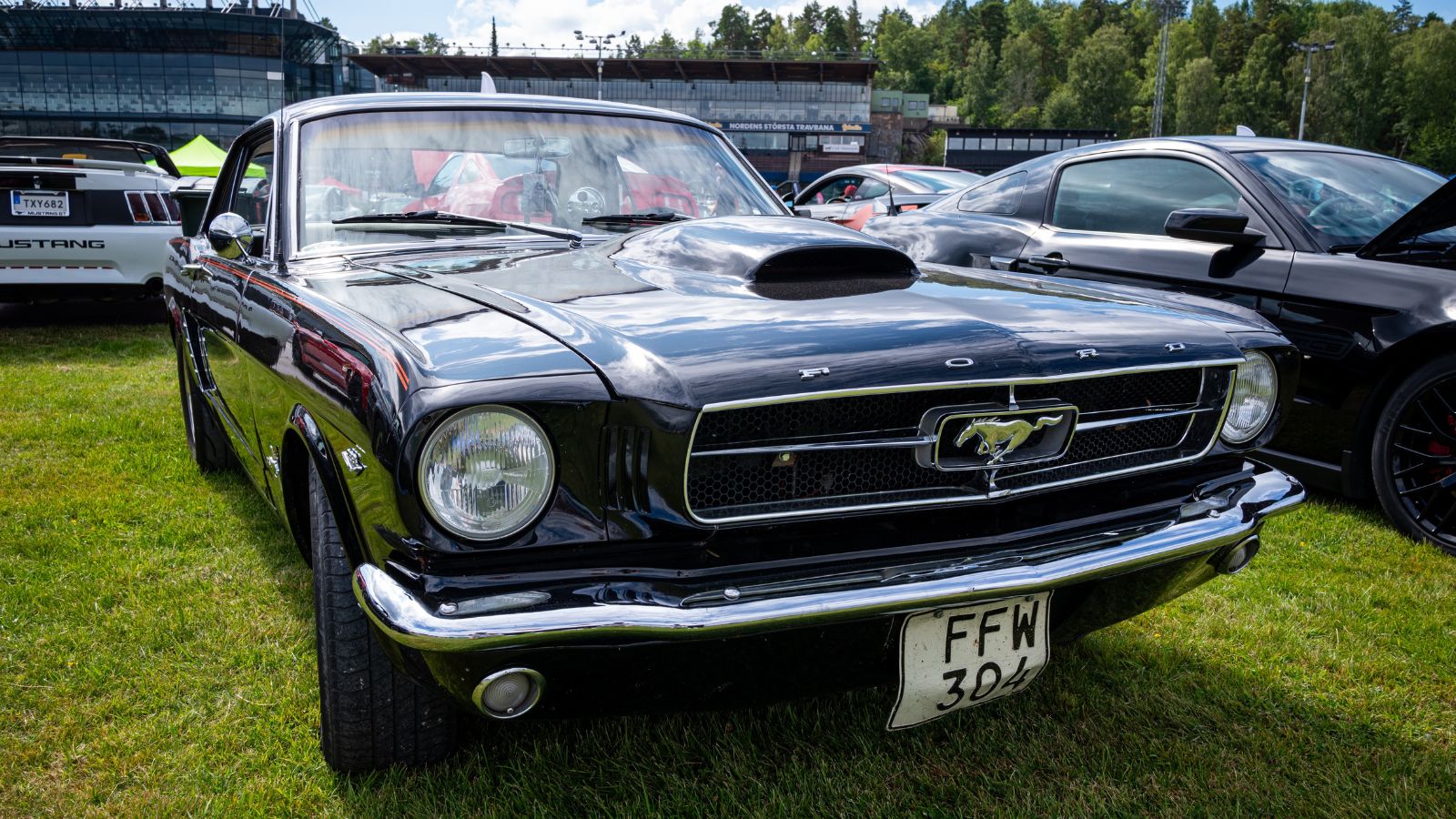
The arrival of the SN95 Mustang in 1994 was meant to be a big step forward. The styling was smoother, rounder, and more modern than the boxy Fox Body. But under the skin, it was still based on old architecture, and performance gains were minimal. Owners complained about cheap interiors, lackluster handling, and uninspiring base engines. Yet these same Mustangs kept the V8 alive at a time when many manufacturers were abandoning performance cars altogether. For some, the 1994 to 1995 models are underrated, offering a mix of affordability and nostalgia. They might not be the best Mustangs ever made, but they carried the torch until more exciting versions came along.
1999 to 2004 Mustang (New Edge Era)
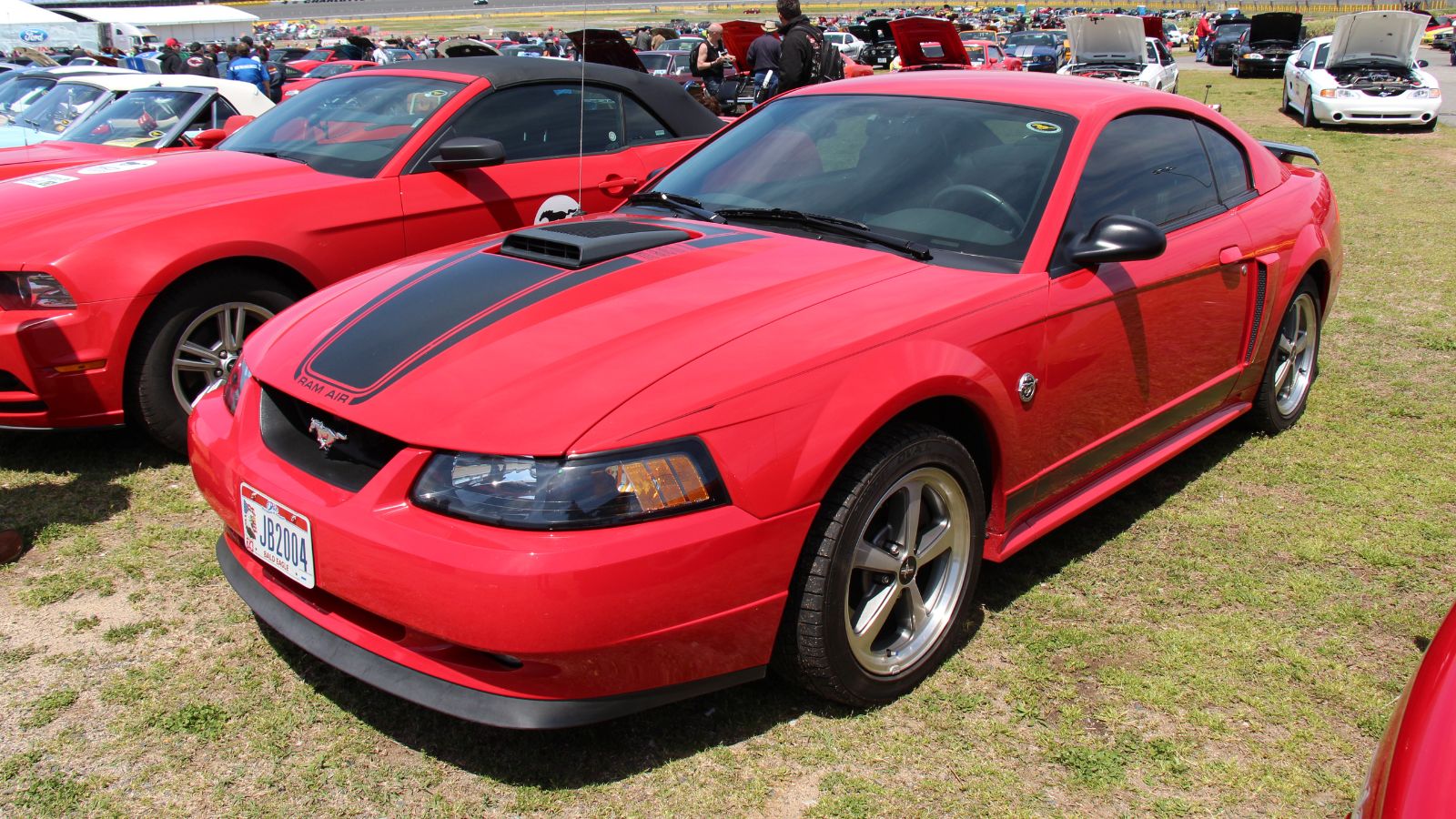
The New Edge design brought sharp, angular lines to the Mustang, but it didn’t escape criticism. Base V6 models were underpowered and widely dismissed as rental-car fodder. Interior quality was often poor, with cheap plastics that aged badly. Reliability issues, especially with electrical systems, also soured some owners. Still, this era produced gems like the Mach 1, the Cobra with its DOHC V8, and the Bullitt edition. Fans argue that the higher trims of this generation are modern classics, and even the base models can be fun, affordable entry points into Mustang ownership.
2005 to 2006 Mustang (Early S197)
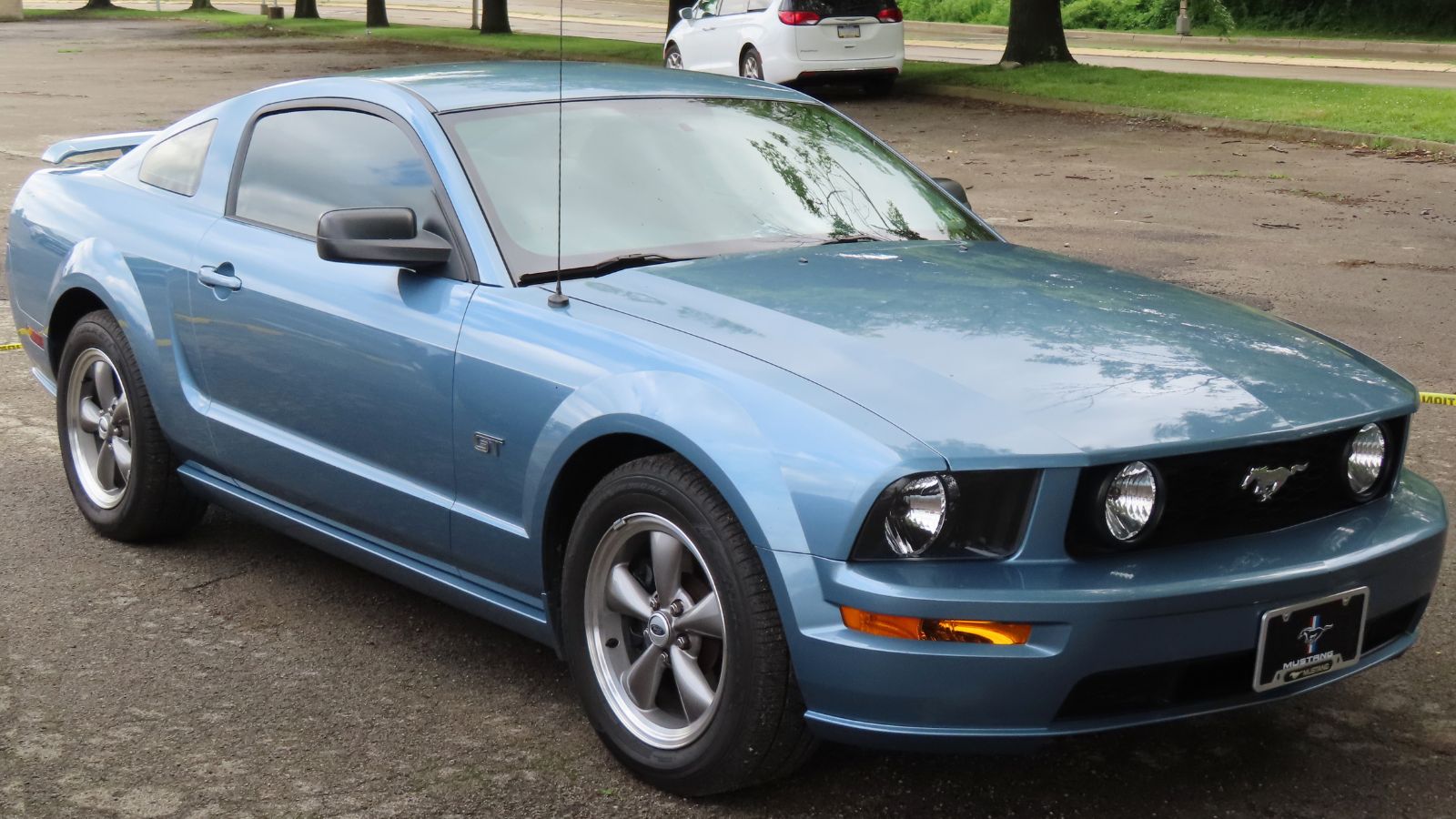
The retro-inspired S197 Mustang was a design triumph when it launched in 2005, instantly winning praise for its throwback looks. But early production models had growing pains. Owners reported squeaks, rattles, suspension clunks, and paint defects. Some engines also had reliability concerns. Despite this, the cars offered a huge leap forward in design and captured the spirit of the original Mustang better than anything since the 1960s. Many owners forgive the flaws, pointing out that with a few aftermarket fixes, these early S197s become solid, fun-to-drive machines.
2010 Mustang
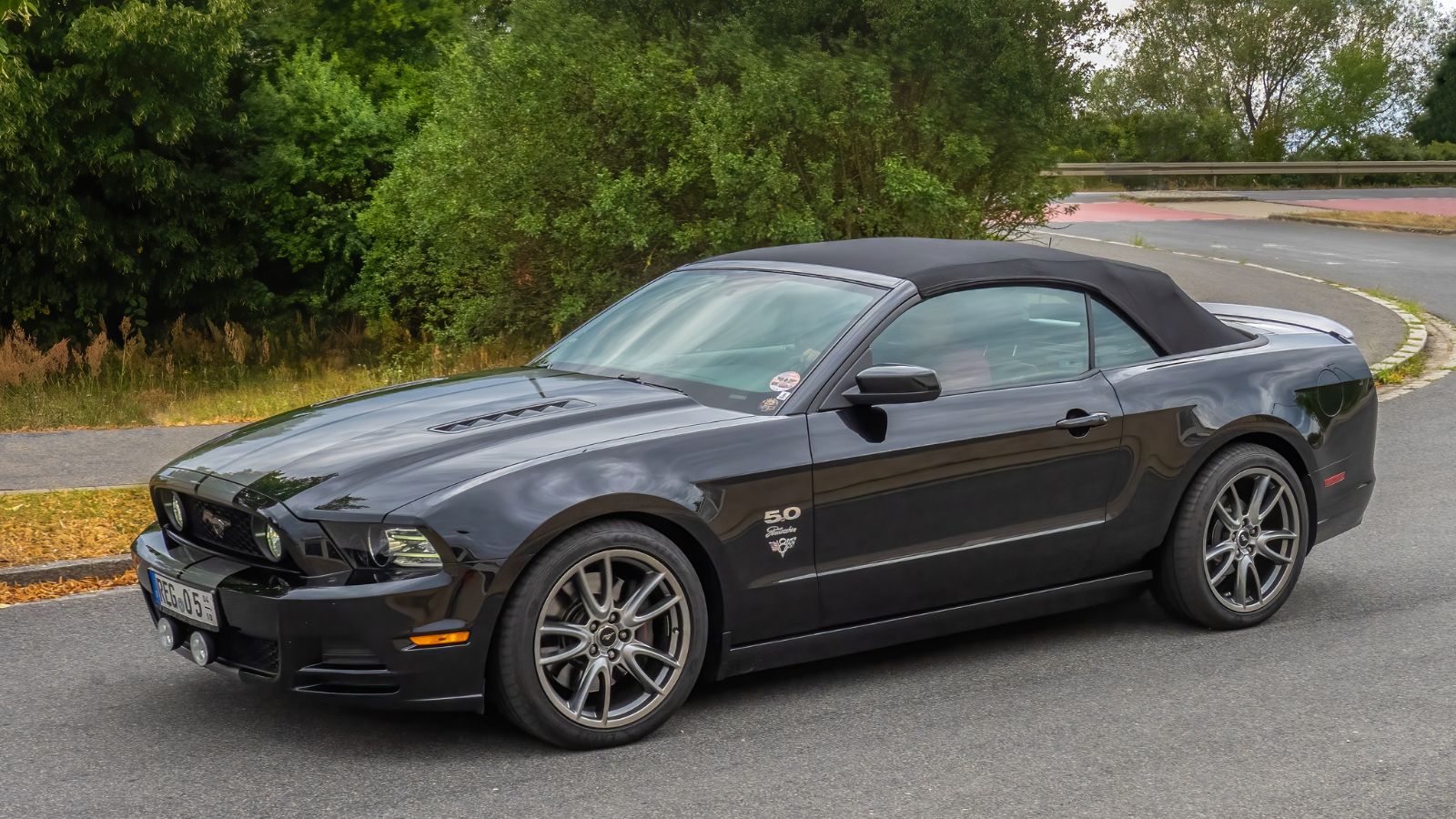
The 2010 Mustang was meant to be a refresh before Ford rolled out major improvements, but it left many buyers cold. Critics complained that the engines were carryovers from the 2005 to 2009 models, making them feel outdated compared to the competition. The interior was only lightly revised, and performance gains were minimal. Owners felt shortchanged, especially when the vastly improved 2011 Mustang arrived with new powertrains. Defenders argue that the 2010 models are still stylish, dependable cars that capture Mustang charm. They’re often a cheaper alternative to the 2011 and newer versions, making them attractive for budget-conscious enthusiasts.
2015 Mustang (First S550 Model)
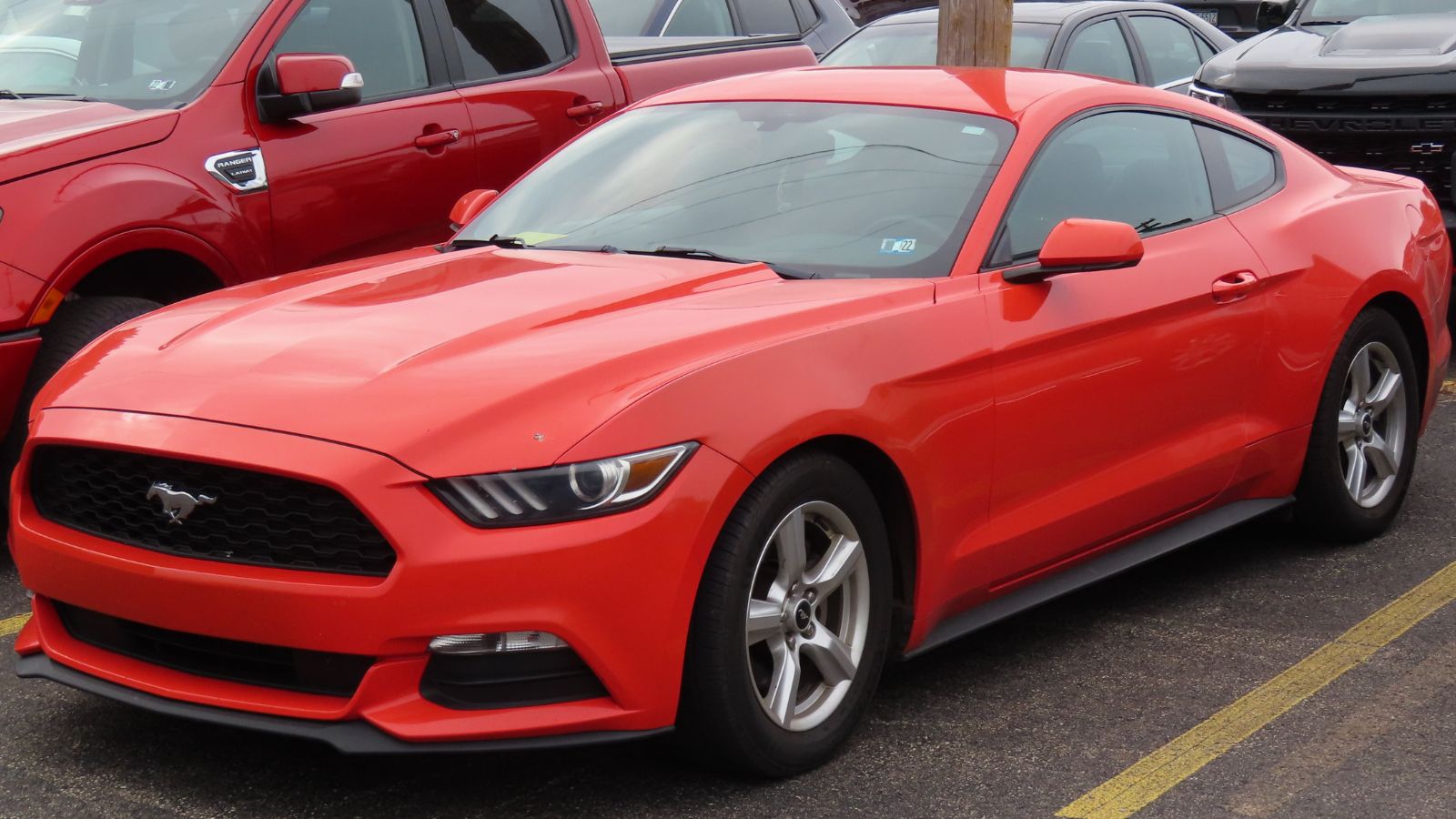
The 2015 Mustang was historic, bringing independent rear suspension and a global platform for the first time. But early models were plagued with teething problems. Owners reported issues with transmissions, electronics, and build quality. Some longtime fans criticized the styling as too European, claiming it strayed from Mustang’s American roots. Yet many others celebrated it as the car that finally gave the Mustang world-class handling. Today, the 2015 models are seen as an important turning point, blending muscle car heritage with modern refinement. Despite the early issues, they laid the foundation for the critically acclaimed Mustangs that followed.
2020 Mustang EcoBoost High Performance Package
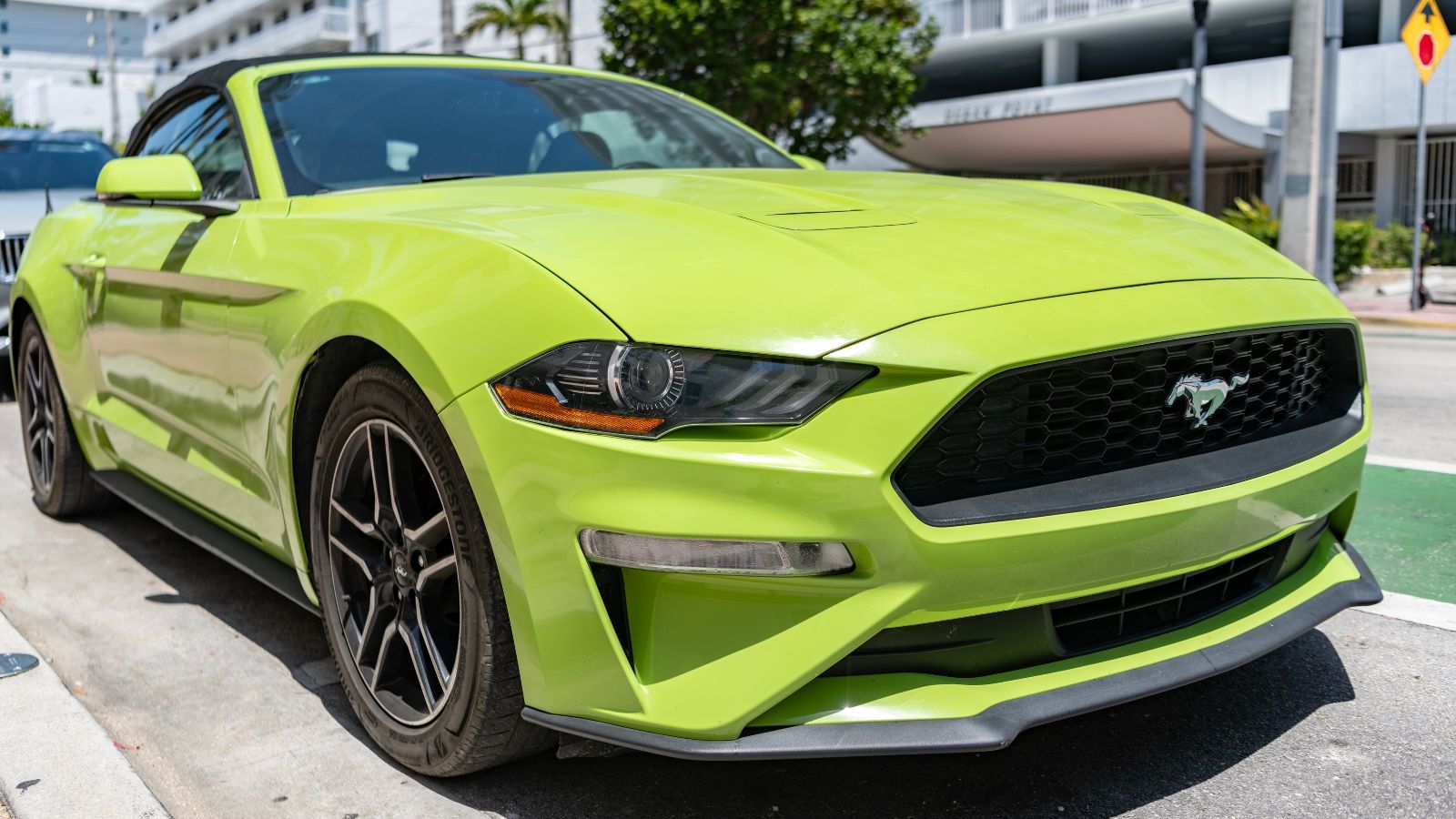
When Ford introduced the turbocharged EcoBoost Mustang, it was meant to broaden the car’s appeal and attract younger buyers. The High Performance Package added more power and better handling, but many Mustang purists scoffed at the idea of a four-cylinder carrying the Mustang badge. They called it soulless compared to the V8 models and felt it diluted the brand. However, owners of the EcoBoost models often defend them fiercely. They point out that the cars are quick, fuel-efficient, and affordable, making the Mustang accessible to more people. In markets outside the U.S., the EcoBoost even helped keep the Mustang alive as emission rules tightened.
The Mustang’s Love Hate Legacy
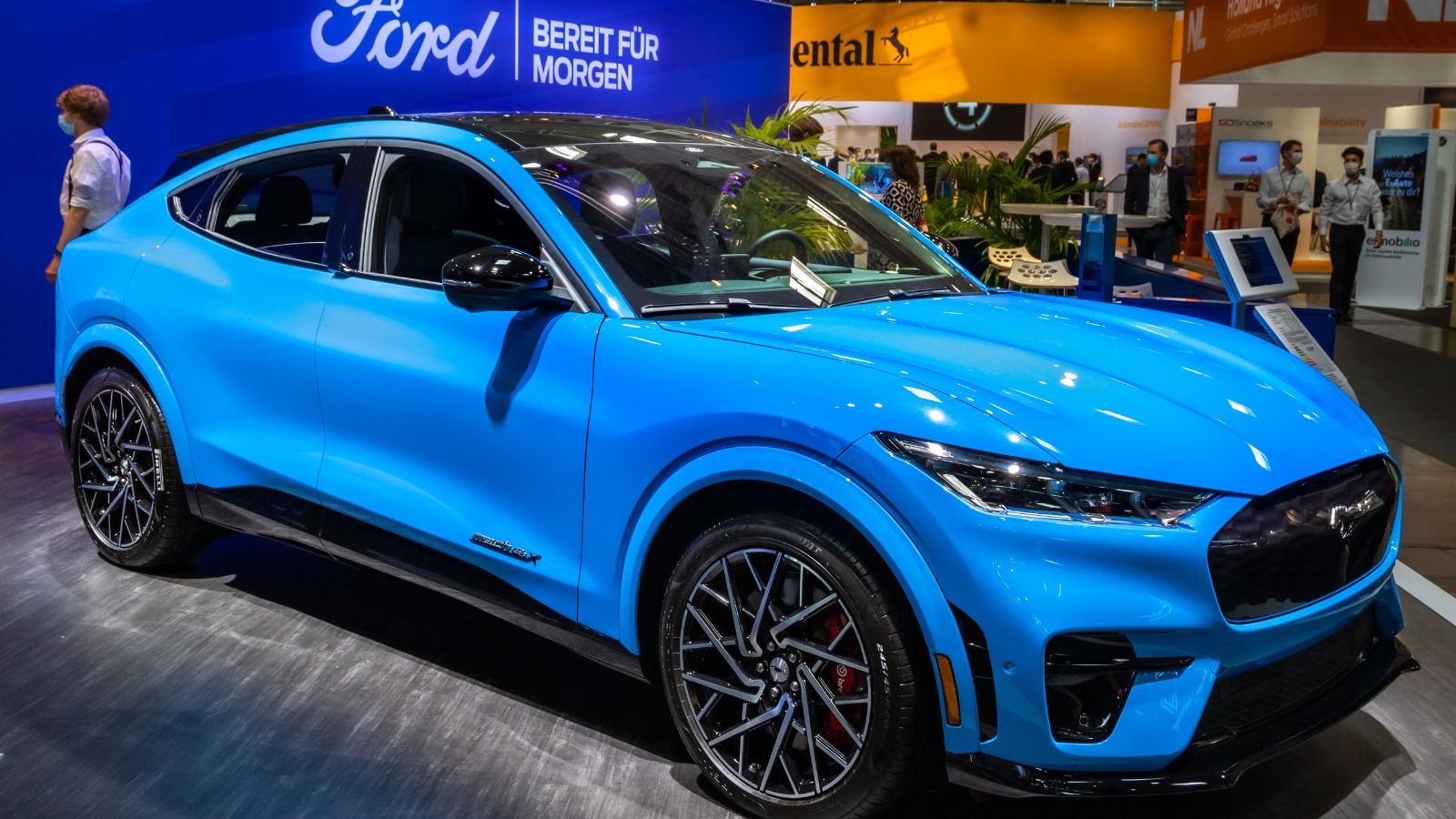
The Ford Mustang has always been more than just a car, it’s an American cultural icon. That’s why certain years attract such strong criticism. When the Mustang doesn’t meet expectations, fans are quick to voice their disappointment. Whether it was the gas-crisis Mustang II, the underpowered early Fox Bodies, or the polarizing EcoBoost, these cars often stand as reminders of how difficult it is to balance tradition with progress. Yet for every owner who hates a particular Mustang, there’s another who defends it. Some see practicality, affordability, or uniqueness where others see failure. In the end, even the most controversial Mustangs still represent part of a story that has lasted for six decades.
25 Facts About Car Loans That Most Drivers Don’t Realize

Car loans are one of the most common ways people fund car purchases. Like any other kind of loan, car loans can have certain features that can be regarded as an advantage or a disadvantage to the borrower. Understanding all essential facts about car loans and how they work to ensure that you get the best deal for your financial situation is essential. Here are 25 shocking facts about car loans that most drivers don’t realize:
25 Facts About Car Loans That Most Drivers Don’t Realize
